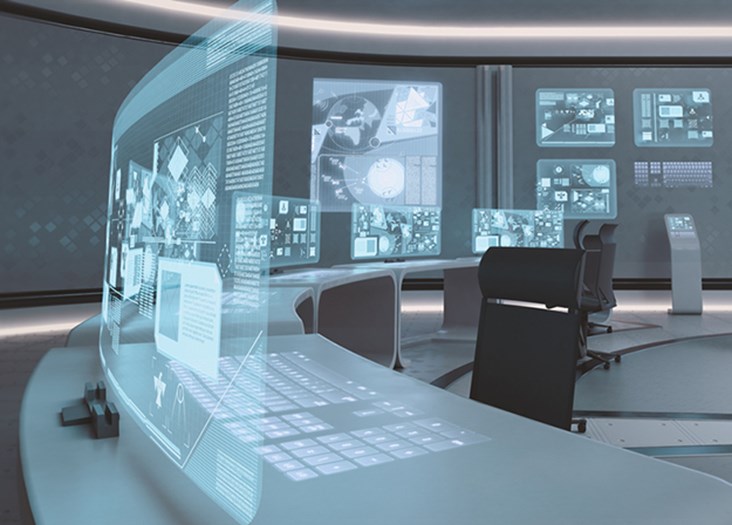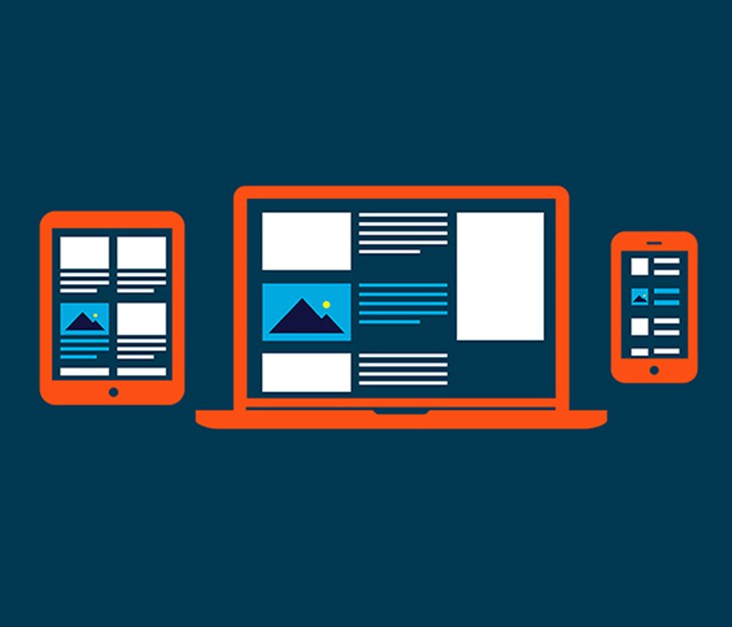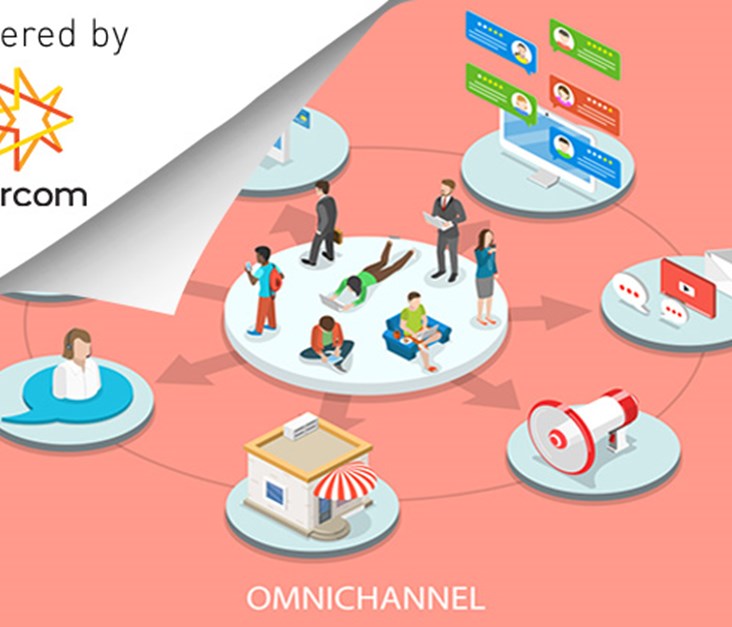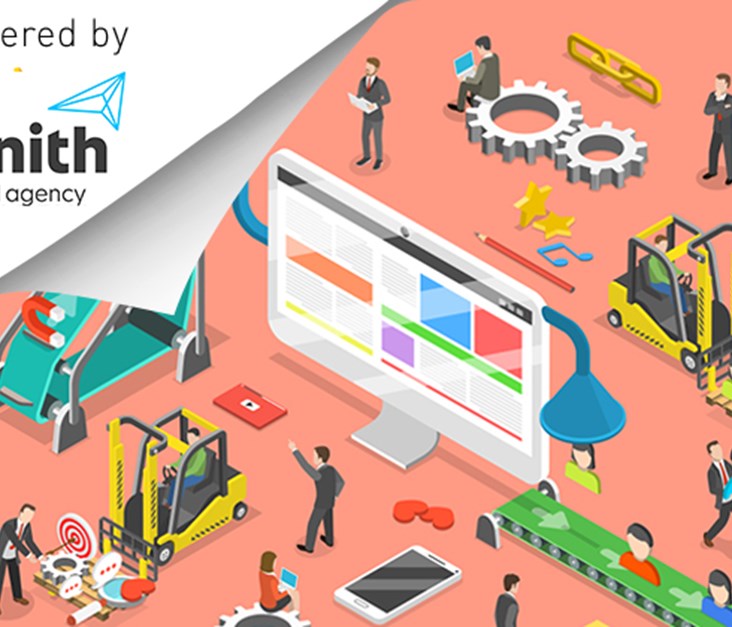
The traditional workspace will no longer exist in the future! This is justified by the constant introduction of innovative technologies, the ubiquity of communication & connectivity channels, and the proliferation of mobile devices.
Employees are now well equipped to handle most job requirements remotely, which is forcing companies to adapt to the everchanging demands and to make their offices more attractive places for employees to be at. This hints towards a future that focuses on the employees’ comfort & performance.
The tech giant IBM is taking steps towards that future. Their offices that will be built around small, self-managed teams working together in physical spaces, that support real-time data sharing and feedback.
Norman Foster, a world-renowned architect, believes that we are moving towards a greener environment which will foster millennials and their demands for a better-quality working environment that fits their lifestyle.
Enough predictions! Here’s what we will see in our future workplace:
Green Choices
Going green means moving towards energy efficient and smart technologies. Such technologies will aim to make the workspace a more environmentally conscious hub offering solutions to lighting, expensive heating, ventilation & air-conditioning (HVAC), and electricity usage.
Lighting
LED & OLED lightings already deliver on their promise to reduce energy spent on light, but there’s more! British scientists Richard Friend, Jeremy Burroughes and Donal Bradley created the first OLEDs that can be incorporated into building materials such as tiles & windows. The OLEDs allow in the sun's rays during the day and illuminate at night.
Another lighting development is LI-FI, which is light that transmits wireless connection faster than Wi-FI by up to 100 times! This technology can function without other electronic devices such as routers & modems, making it a cost-efficient solution that offers many advantages for the workplace.
Heating, Ventilation and Air-conditioning (HVAC)
In today’s buildings, about 50% of a total energy is spent on HVAC making it the focal point for innovation. Promising air purification technology will use daylight and maintain a constant temperature to eliminate mold & dust, allowing for a healthier workforce.
Aerodynamic office designs will allow for passive solar heating or cooling, where sun-warmed air or colder air is diverted into the building to heat or cool it based on the season.
Self-Powered Offices
Solar and wind energy are also in the plan towards self-powered offices. This means that every functioning structures will produce enough power to support its own energy spending.
Roof-mounted wind turbines can generate a great portion of an office’s energy requirements. Office buildings are the ideal spot for wind turbines since placing them at higher altitudes allows for constant air currents, meaning more energy!
The widely-known and tested solar power is still a choice for the future. The photovoltaic cells will not only be found on rooftops but will be incorporated into the building facades, windows & skylights.
An example of a greener workspace is the “Healthier Offices”. The healthier offices use the air purification technology mentioned earlier to decrease the rate of illness. In addition, they are designed to take into consideration the optimum number of windows and the ideal air flow.
These offices also take advantage of passive heating & cooling using a geothermal system, which replaces air-conditioning.
Office Space & Gadgets
“Our work spaces in the future will provide different environments for different phases of work – like protective insulated cocoons for periods of deep concentration,” says Tamara Brisk, the managing director of Wiredscore. For example, if a person is more creative at certain times of the day and requires specific environmental stimuli to be able to perform, then the office will cater to their needs.
The ‘Super-desk’ concept created by the marketing firm Barbarian Group and ‘genius benches’ found in Citrix’s London headquarters are both notable examples of a smart space. They are workspaces equipped with equipment and furniture that would allow employees to work individually or collaboratively.
Lego is another fitting example and is already following the direction towards the future workspace. They have introduced & applied multiple concepts that allow for flexible work spaces, such as a system called activity-based working. This means that no one will have a fixed desk any more.
To make these concepts come to life, equipment such as innovative workstations, augmented reality/virtual reality (AR/VR) desktops, and smart surfaces will be introduced.
An innovative workstation example is the spaceship-like desk conceived by designer Marcus Ward Curran, is a unit with a collapsible cover that doubles as a panoramic video screen. The workstation allows for private videoconferencing sessions or even mood-altering light shows. Collapse the cover to come back to the real world and communicate with your colleagues!
We have only been introduced to AR and VR recently, made popular by Snapchat, Pokemon Go and the entertainment industry. Now, the office is not far from tapping into their benefits. Every employee will be equipped with desktops or gadgets that allow them to visualize a virtual workspace at any place, having virtual assistants, keyboards, files, calendars, and much more on-the-go.
This workspace would be managed by hand-gestures like conducting a symphony of virtual displays. Sharing files from one person to the other will be as easy as handing a paper. An example of this can be seen in the futuristic sci-fi thriller Minority Report. Prototypes of this already exist today!
A less far-fetched futuristic display is the Microsoft surface introduced by Microsoft, which acts as a smart and portable workstation. The multitouch computer responds to hand gestures and physical objects placed on its screen and soon enough, this technology will migrate to every office allowing for easy human-machine interaction.
It’s good to recall now that many building blocks are required to build the future that is being predicted. It is a mix of technological advances, architectural solutions, research teams, and much more that will need to come together to offer these tailored solutions we all seek. We are moving towards a time where we can work, live, learn and play anywhere and anytime, redefining the meaning of “going to the office”.
Latest Business
Intelligence Report













